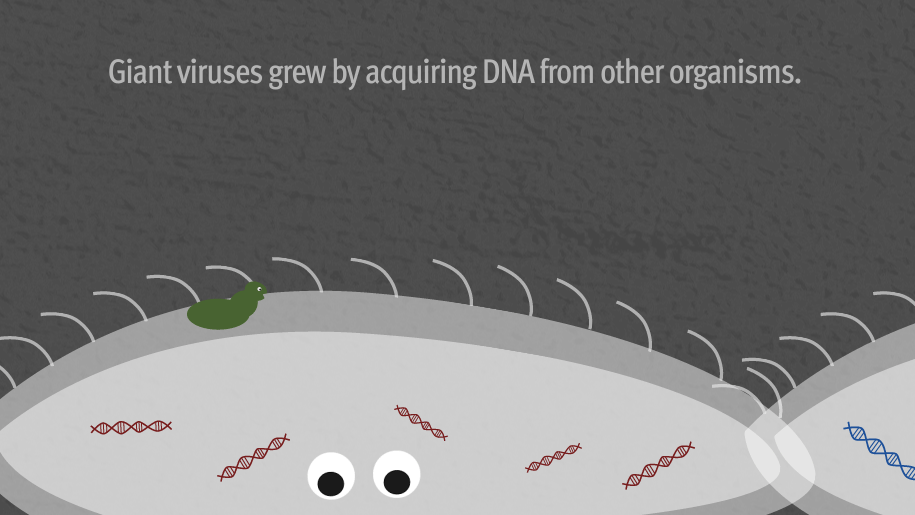New giant virus found in sewage refutes 'fourth domain of life' theory
The klosneuvirus seems to have grown by acquiring DNA from their hosts.

New giant viruses have been discovered in sewage, and they could greatly increase scientists' knowledge of viral evolution. It is unlikely however that they represent a fourth domain of life, unlike what had been hypothesised previously.
The tree of life consists of three domains – Bacteria, Archaea (bacteria-like microbes) and Eukarya (unicellular and multicellular organisms).
Viruses lack many of the properties that scientists associate with living organisms, so they do not form part of any of these three categories.
The term ''giant viruses'' was coined when mimiviruses were discovered in 2003. These are much bigger and much more complex than any others – they are found to overlap with living parasitic cellular organism in term of size and genome complexity.
They also appeared to encode proteins normally associated with cellular organisms.
This has puzzled scientists who have started to question the origins of these giant viruses and whether they might fit somewhere in the tree of life.
Two hypotheses have since then emerged, the first being that these viruses may have evolved from an ancient cell and as such may form part of a fourth domain of life. The other theory is that giant viruses gradually evolved from smaller viruses.
In a study now published in the journal Science, researchers have come up with more evidence for the second hypothesis, showing that the newly discovered giant viruses – known as klosneuviruses – are likely to have emerged from small viruses after gaining many of their hosts' genes.
Viruses in wastewater
The scientists had been analysing wastewater from a treatment plant in Klosterneuburg, (Austria) when they stumbled upon klosneuviruses.
Analyses revealed that they come from a novel viral lineage affiliated with the mimiviruses. Both viruses belong to the Mimiviridae family and appear to have more than 200 shared gene families.
The researchers decided to characterise the evolutionary processes that shaped the Klosneuvirus genomes. They analysed differences among the Mimiviridae family's three distinct lineages –klosneuviruses and mimiviruses but also CroV viruses.

The scientists found that gene gain exceeded the amount of gene loss, leading to substantial genome size increase, in each of these three lineages independently. This suggests that these giant viruses may have grown by acquiring DNA from their hosts over the years – but they did not emerge from an ancient cell.
Study author Frederik Schulz, from the Joint Genome Institute in Walnut Creek, told IBTimes UK: "An outstanding features of klosneuviruses is that they have more than 40 genes that can be used to build proteins, although there is no experimental evidence that these genes are functional. Even though we would have really wanted to prove that these viruses belong to a fourth living order, we found no evidence for it, these genes seem to have been acquired from different eukaryotes over a long period of time."
Giant viruses are not thought to be dangerous to humans. So far, scientists have observed that their hosts seem to be simple unicellular organisms. These findings will have little clinical application but they shed a decisive light on the evolutionary history of giant viruses.
© Copyright IBTimes 2024. All rights reserved.






